




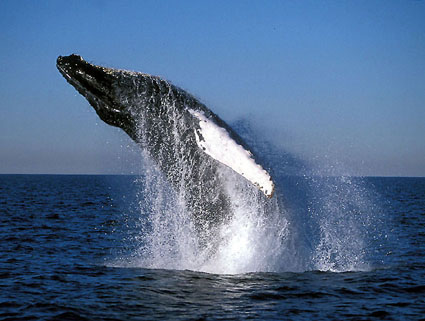






 harks.
harks. 





The shape of the fish's body is primarily determined by the characteristics of its environment.
Many fishes exhibit coloration and color patterns that help them blend in with their envionrment .
http://www.youtube.com/watch?v=HSPptPhbFVc This video shows examples how fish use camoflauge to their advantage.
Bony fishes exploit virtually every food resource available in the marine enviornment.
Most bony fishes have a swim bladder that helps them maintain neutal buoyancy in the water column.
"Sea" you real soon!!

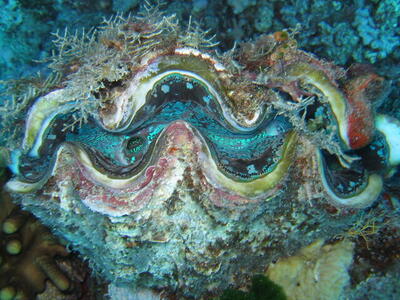
 h. These animals do not have a shell.
h. These animals do not have a shell.
Cephalopods can communicate with each other through movements of their arms and bodies and by color changes. Here is a video about how cuttlefish are masters of camouflage. http://www.youtube.com/watch?v=mW4PbW893ik
Cephalopods are carnivores . Their prey is located with highly developed eyes and captured by the tentacles. They have a powerful pair of beak-like jaws in their oral cavity.
This video is called Shark vs. Octopus. Can you guess who wins? http://www.youtube.com/watch?v=p9A-oxUMAy8
"Sea" you real soon!
A Sponges body is unique in that it is built around a system of water canals because of the sponged sessile lifestyle. Their bodies are full of tiny holes, or pores called ostia through which large amounts of water circulate.
Because sponges feed on material that is suspended in seawater, they are called suspension feeders or filter feeders because they filter their food from the water.
Sponges can reproduce both sexually and asexually. Asexual reproduction can either be budding or fragmentation.
Although they are simple sessile animals, sponges interact with other marine organisms in several ways. They compete for space. They are links in some marine food chains. Sponges form many symbiotic relationships and they provide habitat for other animals.
Cnidarians are a group of animals that consist of hydroids, corals, sea anemones and jellyfish.
Cnidarians have bodies that exhibit radial symmetry . This means that many planes can be drawn through the central axis that will divide the animal into two equivalent halves.
Cnidarians can reproduce both sexually and asexually.
One of the most important features of cnidarians is their stinging cells(cnidocytes). The stinging cell contains a stinging organelle called cnida. 
Many species of cnidarian such as the Portugese man-of-war can cause painful stings.
The stings of a box jellyfish can be fatal
http://www.youtube.com/watch?v=eyCigZ_bsTM Here is video from National Geographic called Jellyfish Invasion!
"Sea" you real soon!
 The life cycle of most brown algae consists of an alteration of generations between a sporophyte and a gametophyte.
The life cycle of most brown algae consists of an alteration of generations between a sporophyte and a gametophyte.  or commercial use as thickening agents in dental, cosmetic and food industries.
or commercial use as thickening agents in dental, cosmetic and food industries. http://www.youtube.com/watch?v=Grh6cYcPfBk Here is an awesome video about a Sargassum Fish and how it utilizes the seaweed as its habitat!
"Sea" you real soon!!
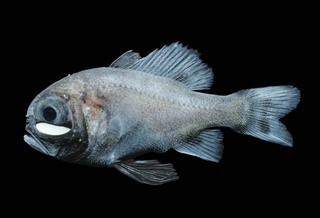
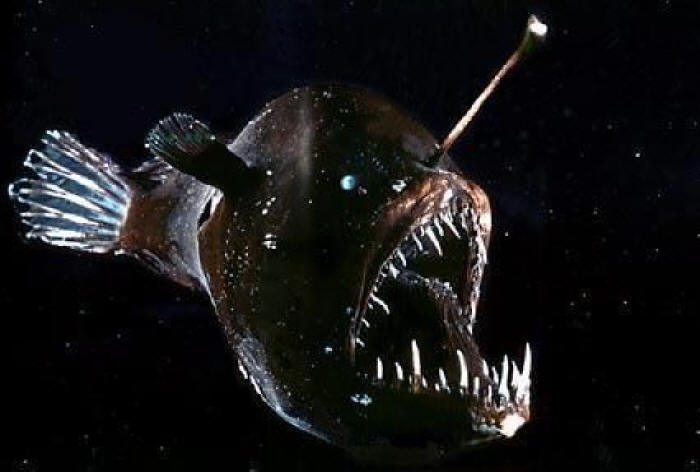
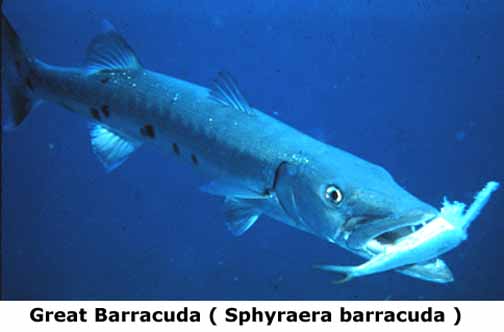


The history of marine biology is one of changing perspectives that have shaped the modern science and its applications.
Oceans are the principal physical feature of our planet. They cover nearly 71% of the earth's surface and represent the last great expanse on this planet to be charted and explored. The physical characteristics of these great bodies of water directly and indirectly affect our everyday lives, and the living organisms that inhabit them are an important source of food and natural products.


Here is a video from the documentary Blue Planet. Please click on the link below and enjoy!!
http://www.youtube.com/watch?v=-8rBYNP0UKM

Marine Ecosystems
Humans and the Sea
